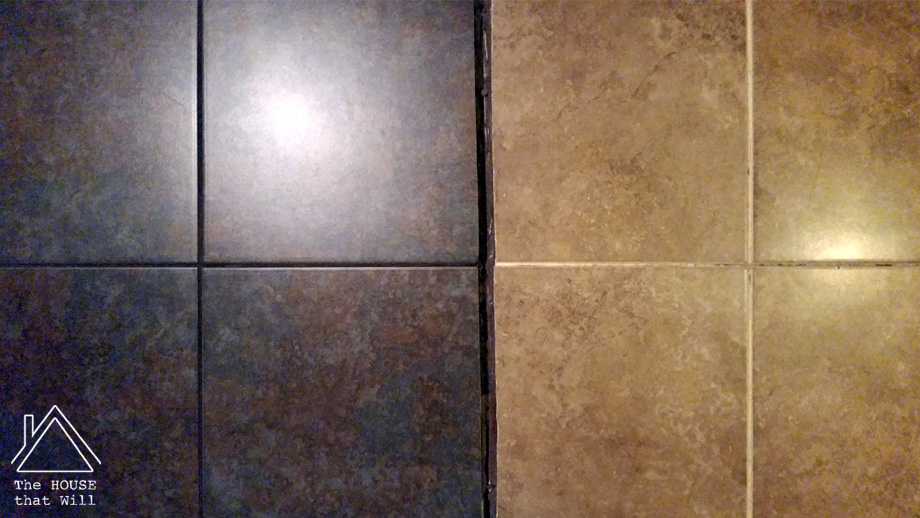

This is important when selecting a floor tile for areas that get wet, such as your shower or bathroom floor. The higher the COF, the more slip resistance the tile.

You may also see a rating for slip resistance, which is measures by its Coefficient of Friction (COF). They will hold up in floor and wall applications in high traffic areas such as airports, supermarkets, and subways. These tiles are recommended for residential, medium commercial, and light industrial floor and wall applications, including shopping malls, offices, restaurant dining rooms, showrooms, and hallways.Ĭlass 5: Heavy to extra heavy traffic. They are a good all-around performer.Ĭlass 4: Moderate to heavy traffic. These tiles can be used for residential floor and wall applications including bathrooms, kitchens, foyers, dining rooms, and family rooms. These tiles are suggested for interior wall applications and for residential bathroom flooring only.Ĭlass 3: Light to moderate traffic. These tiles are suggested for interior wall applications and not for the floor.Ĭlass 2: Light traffic. There are five classes of tile durability.Ĭlass 1: No foot traffic. The most common system rates ceramic tile abrasion resistance, or the overall durability of the tile. Most manufacturers have a rating system that is based on the American Society for Testing and Materials (ASTM). The beautiful decorative tile you might put on your kitchen backsplash may not be recommended for installation on your floor. NOT ALL CERAMIC TILE IS SUITABLE FOR EACH AREA OF YOUR HOME. Choosing a dark grout with a light tile, or a light grout with a dark tile will emphasize the geometric pattern of your layout. Using a white or light-colored grout highlights the color in the tile. Grout color and thickness will change the appearance of the floor and room dramatically. Pigment is added to the cement at the job site when the grout is mixed.

Grout can be pigmented to give a nearly infinite range of colors. Both grout compounds may have sand added to provide additional strength to the tile joint. There are two types of grout commonly used in home installations: Portland cement based and epoxy based. Grout is a type of cement that is used to fill the space and provide support in tile joints. Because the color in porcelain tile goes all the way through, they are non-porous, resist scratching, and can withstand temperature extremes. Porcelain is made up of 50% feldspar and is fired at a much higher temperature than regular ceramic tile. Porcelain tiles usually fall in the ceramic tile category and are the hardest and densest tiles available. Unglazed tiles do have good slip resistance, however, please note that they do require sealing to help prevent staining. Typically, these are installed outside your home as they do not offer much protection against stains compared to glazed ceramic tile. They come in various surface treatments and textures. Unglazed ceramic tiles are very hard and dense. High gloss finishes can be slippery, and scratches can become more visible, while matte or textured finishes help with traction and scratches, and dirt is less visible. Glazed tiles can also have different finishes and you should be aware of them for future considerations. They can offer better stain and moisture resistance than unglazed tile. Typically, they have a matte, semi-gloss, or high-gloss finish. Glazed ceramic tiles are coated with glass-forming minerals and ceramic stains. There are three types of ceramic tile: glazed, unglazed, and porcelain.


 0 kommentar(er)
0 kommentar(er)
